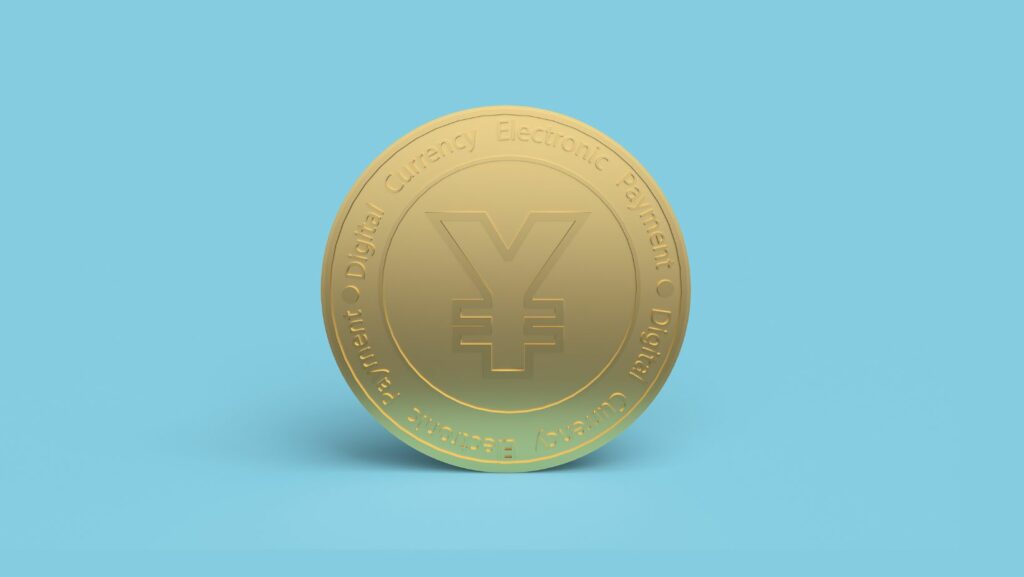
China’s virtual yuan, formally referred to as the Digital Currency Electronic Payment (DCEP), represents a good-sized development in virtual currencies and bank virtual currencies (CBDCs). As the People’s Bank of China (PBOC) continues to develop and roll out the digital yuan, it faces several regulatory hurdles. This article explores the regulatory challenges associated with China’s digital yuan and examines how the PBOC is navigating these hurdles to ensure the successful implementation and adoption of the digital currency. Digital Yuan is a great digital asset to invest in, but make sure you know the right approach. Yuan Pay Group can help you learn investing from professional educational firms.
Regulatory Landscape
The regulatory panorama for digital currencies in China is complex and multifaceted. While the Chinese government has shown sturdy aid for blockchain technology and digital innovation, it also keeps strict control over economic markets and economic policy. The PBOC is tasked with regulating the virtual yuan and ensuring that it complies with present financial policies while selling innovation and monetary inclusion.
Cross-Border Transactions
One of the primary regulatory challenges for the digital yuan is facilitating cross-border transactions. International change and capital flows are subject to strict regulatory controls, such as forex policies and anti-money laundering (AML) measures. The PBOC ought to work carefully with other regulatory organizations, which include the State Administration of Foreign Exchange (SAFE), to broaden mechanisms for carrying out cross-border transactions using the virtual yuan while ensuring compliance with regulatory requirements.
Data Privacy and Security
Data privacy and protection are paramount worries for any digital foreign currency, in particular one issued by a central financial institution.

The PBOC must set up strong protocols for statistics protection and encryption to protect customers’ personal and economic statistics. Additionally, the digital yuan’s centralized nature raises issues about authorities’ surveillance and intrusion into privateness. Balancing the desire for regulatory oversight with shielding customers’ privacy rights is a delicate challenge for the PBOC.
Anti-Money Laundering and Financial Crime
Preventing money laundering, terrorist financing, and other financial crimes is a pinnacle priority for regulatory authorities internationally. The PBOC has to implement stringent AML and realize-your-customer (KYC) processes to ensure the integrity of the digital Yuan ecosystem. This consists of tracking transactions for suspicious activity, engaging in due diligence on users, and cooperating with regulatory enforcement companies to research and prosecute financial crimes.
Interoperability with Existing Payment Systems
Integrating the virtual yuan with present price systems and financial infrastructure poses every other regulatory undertaking. China’s virtual price surroundings are ruled by way of 1/3-birthday party fee platforms like Alipay and WeChat Pay, which have emerged as indispensable to daily transactions for thousands and thousands of Chinese consumers. The PBOC ought to expand interoperability standards to make sure that the virtual yuan can coexist with those present systems and facilitate seamless transactions among different structures.
Legal Framework and Compliance
Establishing a clear legal framework for the virtual yuan is vital to ensuring regulatory compliance and customer safety. The PBOC ought to draft legal guidelines governing the issuance, distribution, and use of the virtual yuan, addressing troubles that include agreement law, purchaser rights, and dispute decisions. Additionally, the digital yuan ought to follow worldwide regulatory standards to facilitate cross-border transactions and promote international recognition.
Central Bank Independence and Monetary Policy
Maintaining imperative bank independence and preserving economic policy autonomy are important issues in the development of the digital yuan. While virtual foreign money is issued and regulated via the PBOC, it needs to perform within the broader framework of monetary policy and monetary stability.

The PBOC ought to strike a balance between selling the adoption of the digital yuan and making sure that it does not undermine economic coverage objectives or economic stability.
Public Trust and Confidence
Building public belief and self-belief in the virtual yuan is important for its great adoption and success. The PBOC ought to communicate transparently with the public about the benefits, risks, and regulatory safeguards related to digital forex. Educating consumers and businesses about the digital yuan’s capabilities, security features, and regulatory protections can help foster agreement with and confidence in its use.
Conclusion
China’s digital yuan holds extensive promise as a modern, green, and secure means of conducting transactions. However, navigating the regulatory hurdles related to its development and implementation is a complicated and hard mission for the PBOC. By addressing problems that include cross-border transactions, record privacy, AML compliance, interoperability, prison framework, primary bank independence, and public considerations, the PBOC can make sure that the digital yuan operates within a valid regulatory framework and contributes to China’s financial modernization and innovation timetable. As the digital yuan continues to conform, powerful regulatory oversight will be vital to its long-term success and adoption.












